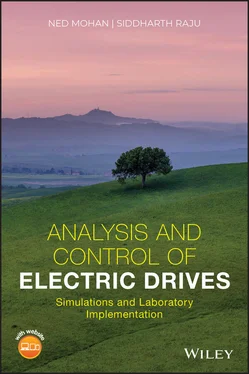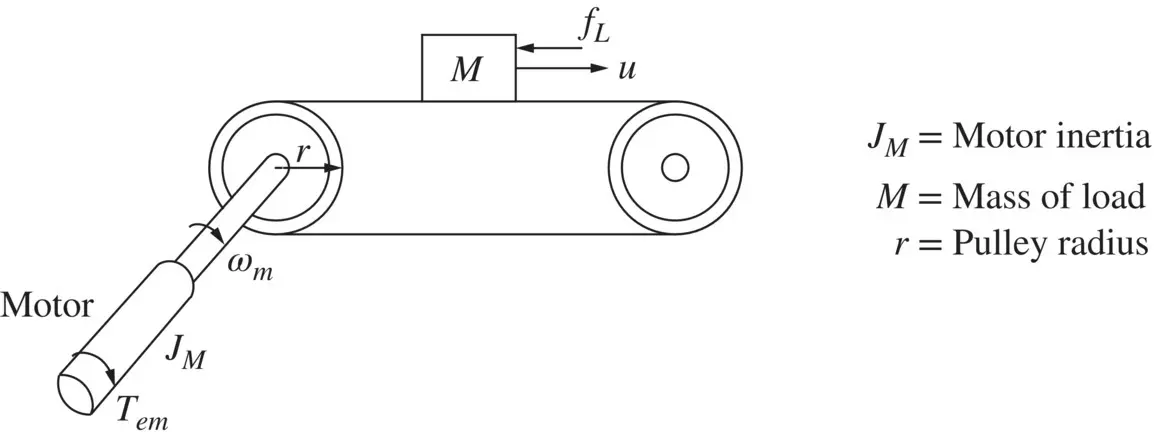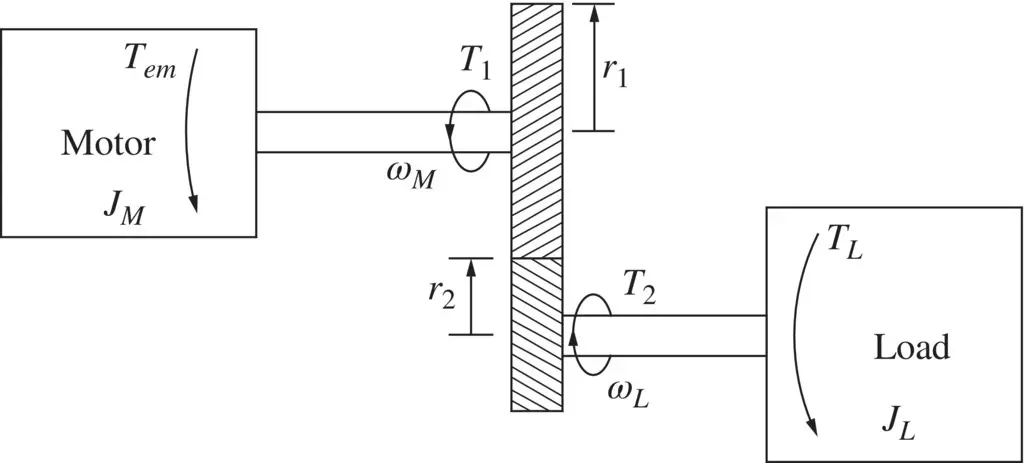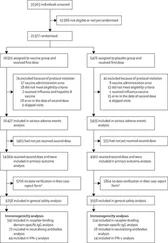Ned Mohan - Analysis and Control of Electric Drives
Здесь есть возможность читать онлайн «Ned Mohan - Analysis and Control of Electric Drives» — ознакомительный отрывок электронной книги совершенно бесплатно, а после прочтения отрывка купить полную версию. В некоторых случаях можно слушать аудио, скачать через торрент в формате fb2 и присутствует краткое содержание. Жанр: unrecognised, на английском языке. Описание произведения, (предисловие) а так же отзывы посетителей доступны на портале библиотеки ЛибКат.
- Название:Analysis and Control of Electric Drives
- Автор:
- Жанр:
- Год:неизвестен
- ISBN:нет данных
- Рейтинг книги:4 / 5. Голосов: 1
-
Избранное:Добавить в избранное
- Отзывы:
-
Ваша оценка:
Analysis and Control of Electric Drives: краткое содержание, описание и аннотация
Предлагаем к чтению аннотацию, описание, краткое содержание или предисловие (зависит от того, что написал сам автор книги «Analysis and Control of Electric Drives»). Если вы не нашли необходимую информацию о книге — напишите в комментариях, мы постараемся отыскать её.
motor-driven systems
Analysis and Control of Electric Drives The book is filled with illustrative examples and includes information on electric machines with Interior Permanent Magnets. To enhance learning, the book contains end-of-chapter problems and all topics covered use computer simulations with MATLAB Simulink® and Sciamble® Workbench software that is available free online for educational purposes. This important book:
Explores additional topics such as electric machines with Interior Permanent Magnets Includes multiple examples and end-of-chapter homework problems Provides simulations made using MATLAB Simulink® and Sciamble® Workbench, free software for educational purposes Contains helpful presentation slides and Solutions Manual for Instructors; simulation files are available on the associated website for easy implementation A unique feature of this book is that the simulations in Sciamble® Workbench software can seamlessly be used to control experiments in a hardware laboratory Written for undergraduate and graduate students,
is an essential guide to understanding electric vehicles, wind turbines, and increased efficiency of motor-driven systems.






 . Therefore, the torque required from each motor is
. Therefore, the torque required from each motor is









 , by selecting an optimum gear ratio ( r 1/ r 2) opt.. The derivation of the optimum gear ratio shows that the load inertia “seen” by the motor should equal the motor inertia, that is, in Eq. (2-44),
, by selecting an optimum gear ratio ( r 1/ r 2) opt.. The derivation of the optimum gear ratio shows that the load inertia “seen” by the motor should equal the motor inertia, that is, in Eq. (2-44),













